Creation + Display, A Museum of Furniture | Rand Allison
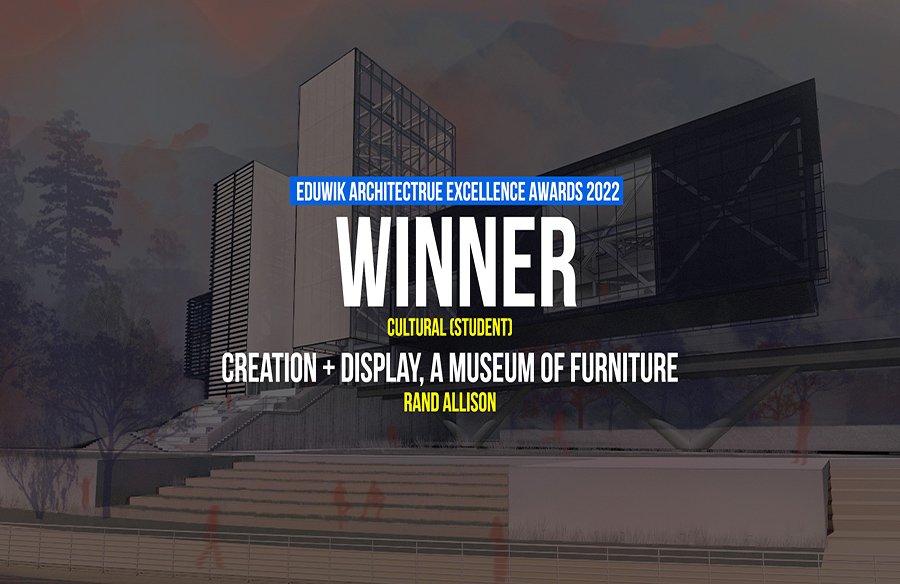
Furniture is something that sets the stage for our everyday interactions. It controls our social settings. It interrupts and interjects. The function is primal and the aesthetics functional. Every culture from every corner of the world has their version of the furniture archetypes, each revealing something about the culture that created them.
Eduwik Architecture Excellence Awards 2022 (Students)
First Award | Cultural
Project Name: Creation + Display, A Museum of Furniture
Studio Name: Rand Allison

The site of this museum has a deep history and culture of furniture making. Largely influenced by the millions of hardwood trees native to the area, furniture making became one of the most prominent businesses in the state early in its history. Crafting became a vehicle for financial mobility and remains one until this day.
So the question poses itself: How to design a museum for a place with a strong craft culture and how can the spaces serve the craft?
The answer comes through looking at the museum like we look at our furniture. The building then becomes the setting, while the furniture becomes the active participants in the drama. The objects are displayed in a way that changes the viewers perspective. This perspective shift creates an environment honoring the craft by glorifying the object.
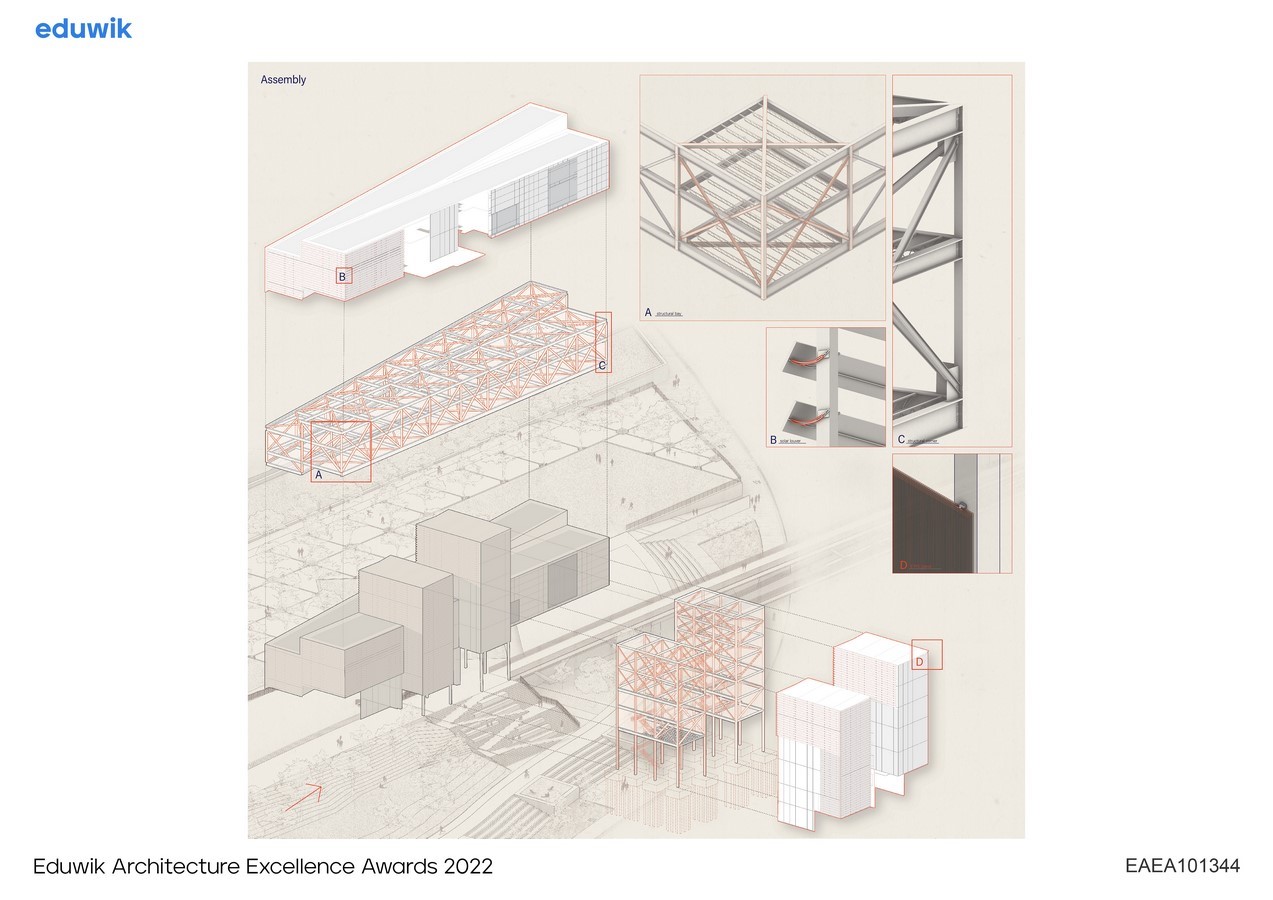
The museum is unique in that it features creation and display. Display spaces serve as a setting for the drama of craft. Creation spaces make the craft the object on display. The process is glorified and on view. By elevating the craft, the objects become something other than tools for sitting or storing. The spaces serve the craft and create a perspective shifting experience.
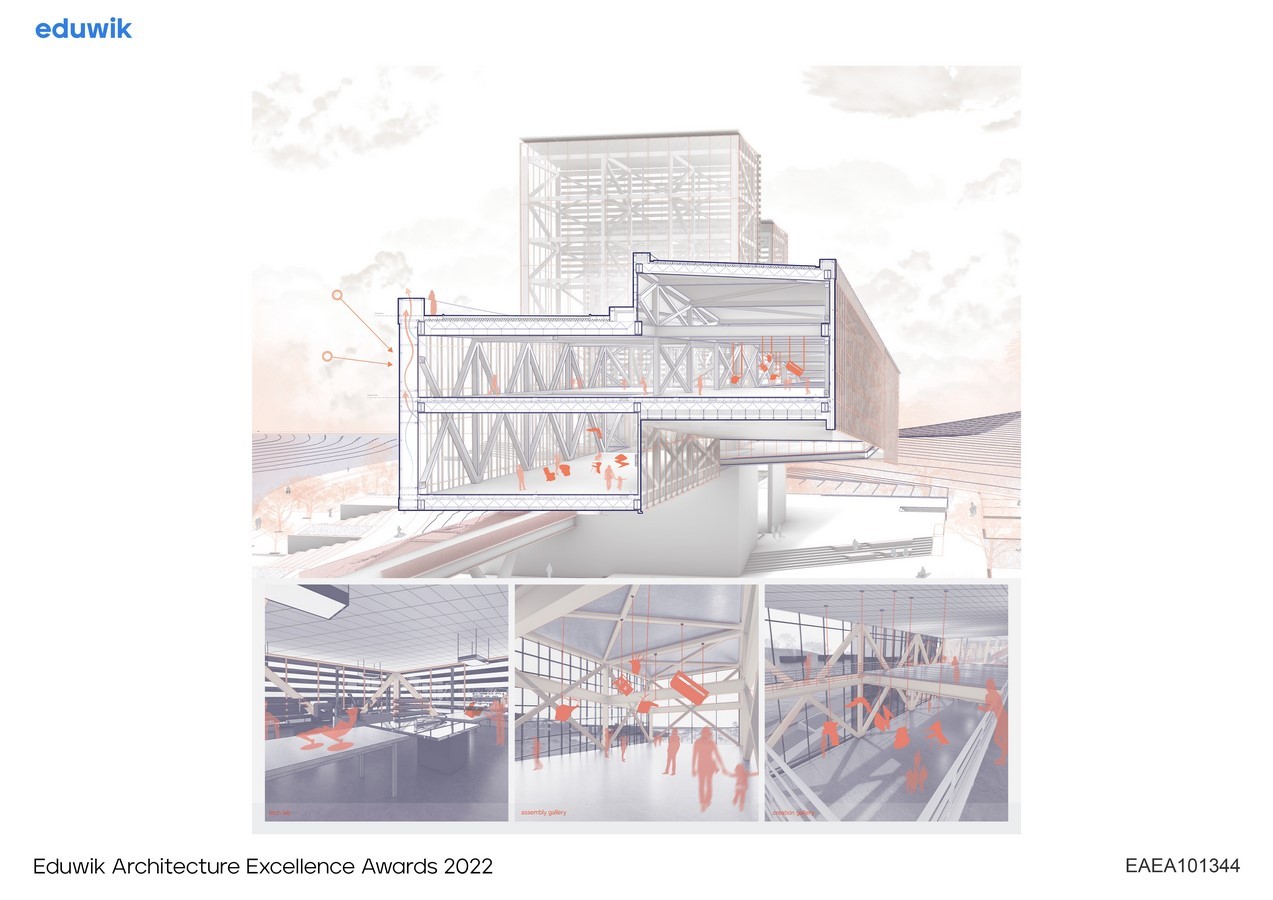
Programmatically the spaces are divided into two volumes. Spaces for creation are highlighted and put on display. The creation spaces are designed to enhance the experience of the craftspeople, taking into account the crafts-peoples needs. The large display spaces serve the craft by changing the perspective of the objects, creating a more dramatic interaction between the user and the objects. Two large vertical towers serve as “lanterns” for the museum. During the day they flood the interior spaces with light and at night they act as a beacon, a guiding light for the lost craftsperson. Other programmatic elements are a library space and a theater space that serve as spaces for education and instruction. The site features many opportunities for interaction between user and craft. To the north of the building is the more formal park space, with outdoor gallery spaces, event spaces, and spaces for recreation. To the south east of the building is the less formal park space. These spaces are designed to create interactions between users and the natural landscape. Spaces for relaxation and isolation create the setting for reflection. These spaces help decompress users after the museum experience. Programmatically the site and the building seek to serve furniture craftspeople in Asheville, North Carolina.


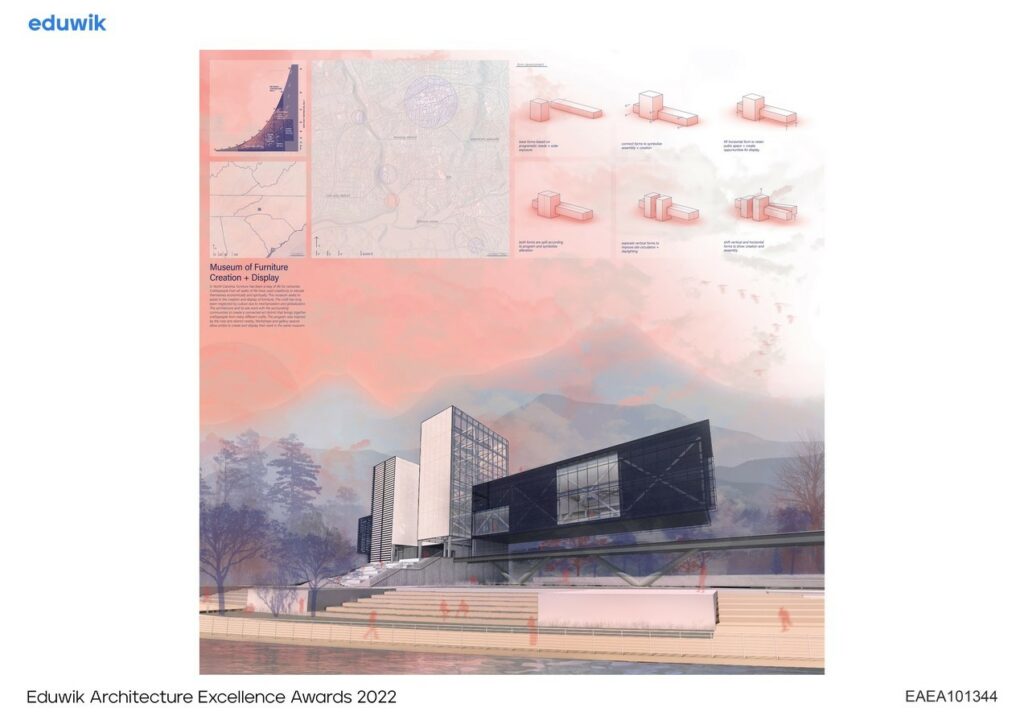
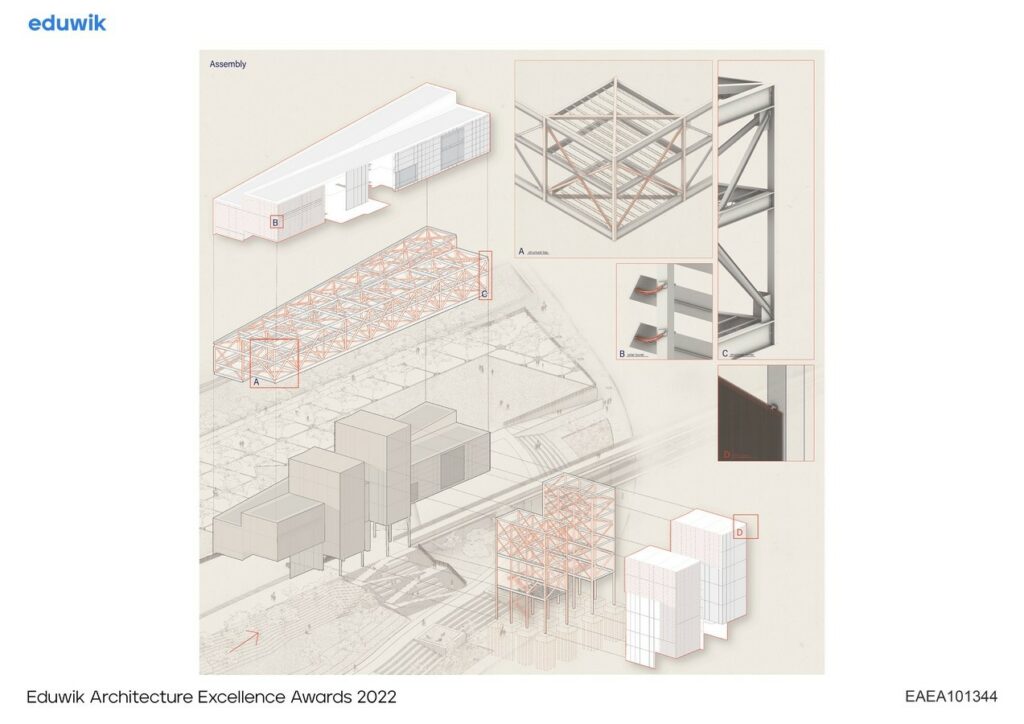
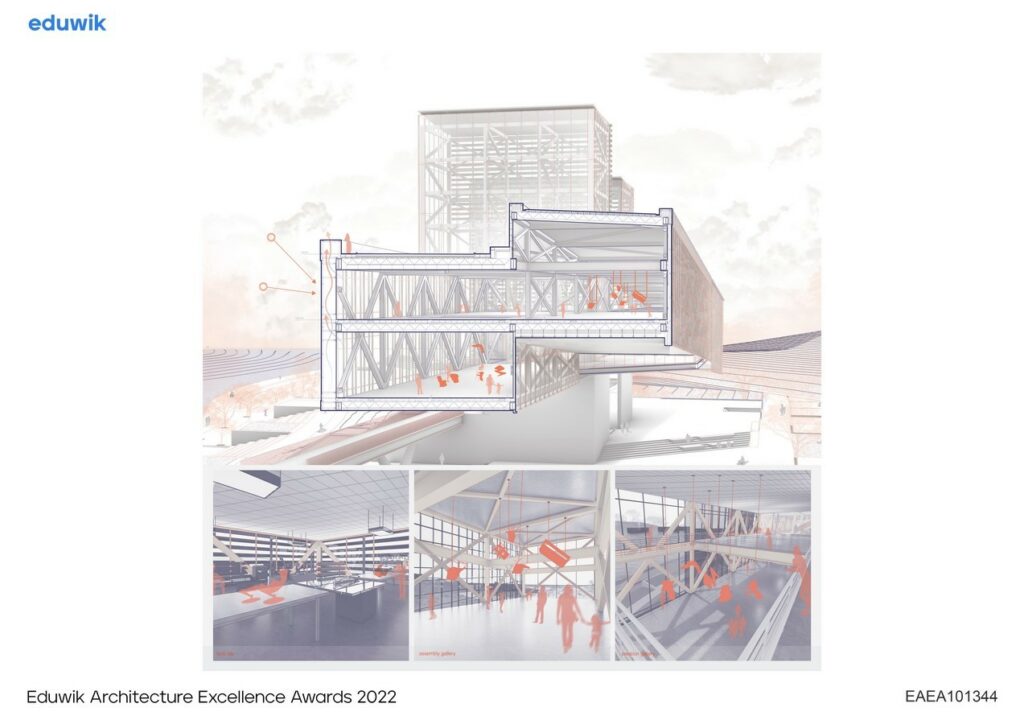
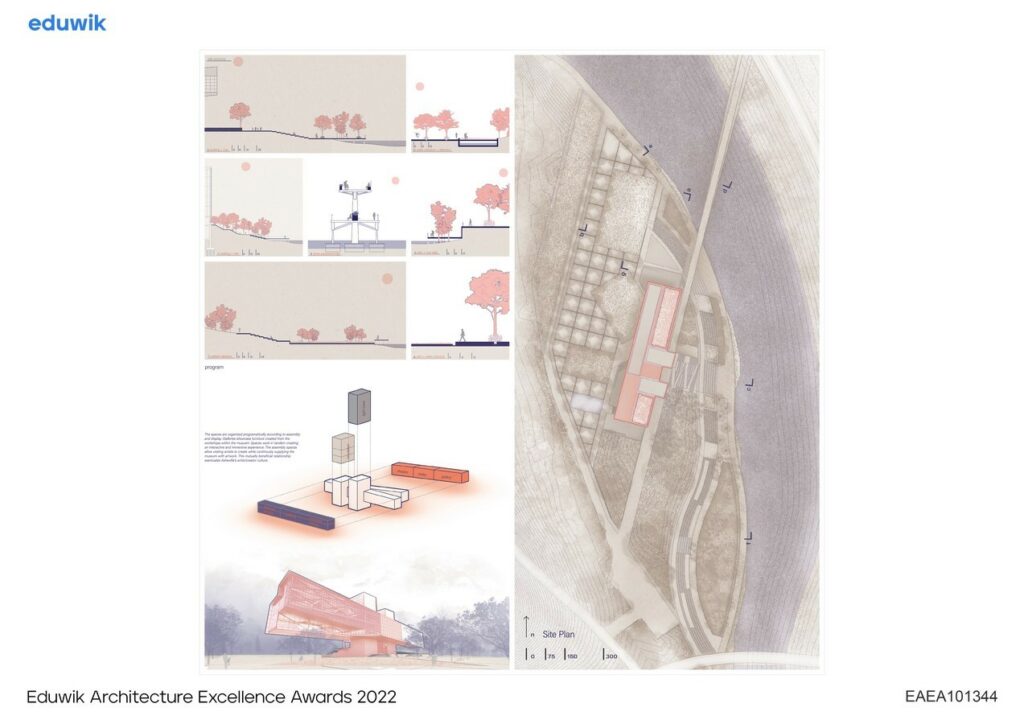
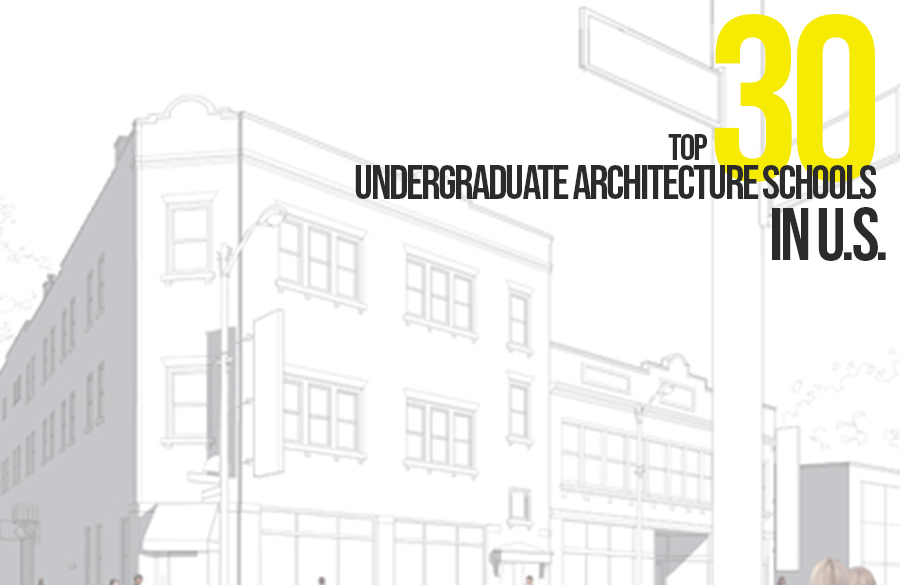


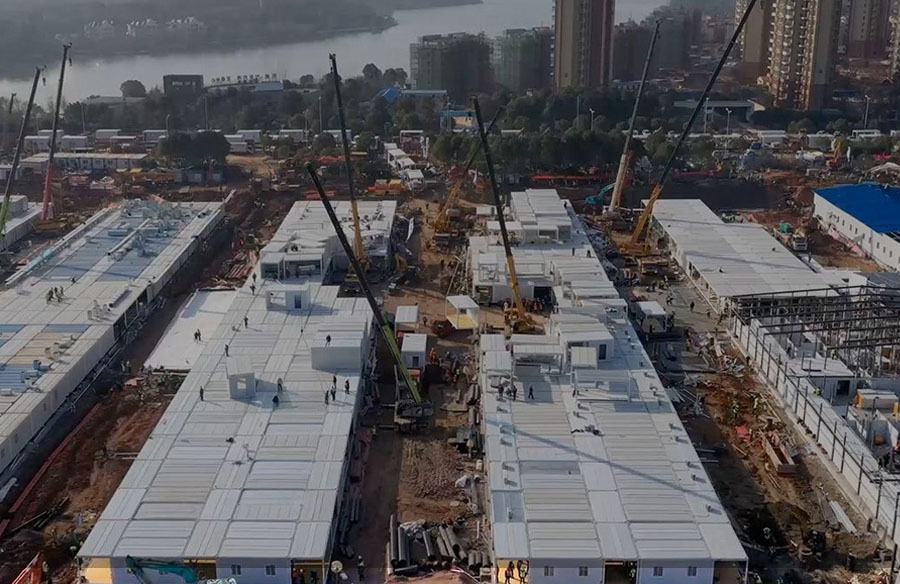
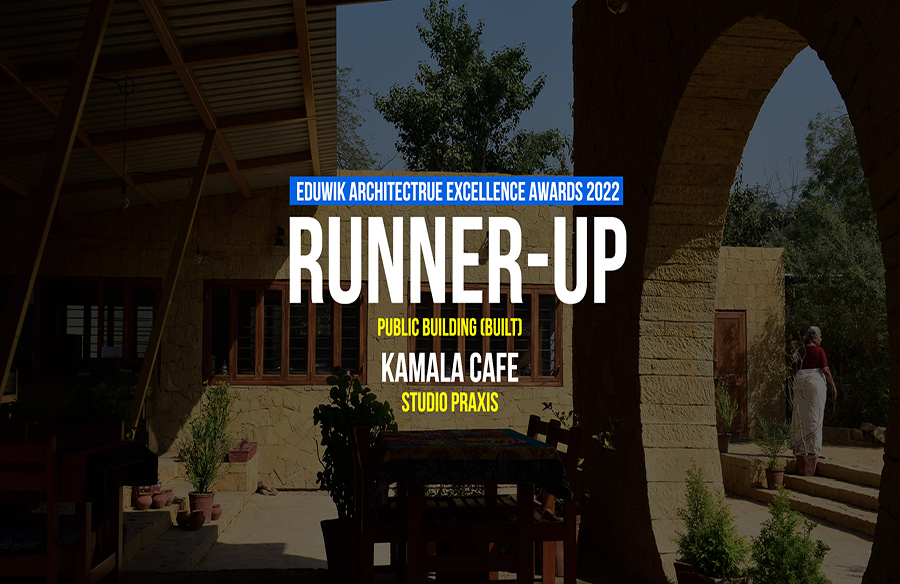
Responses